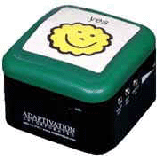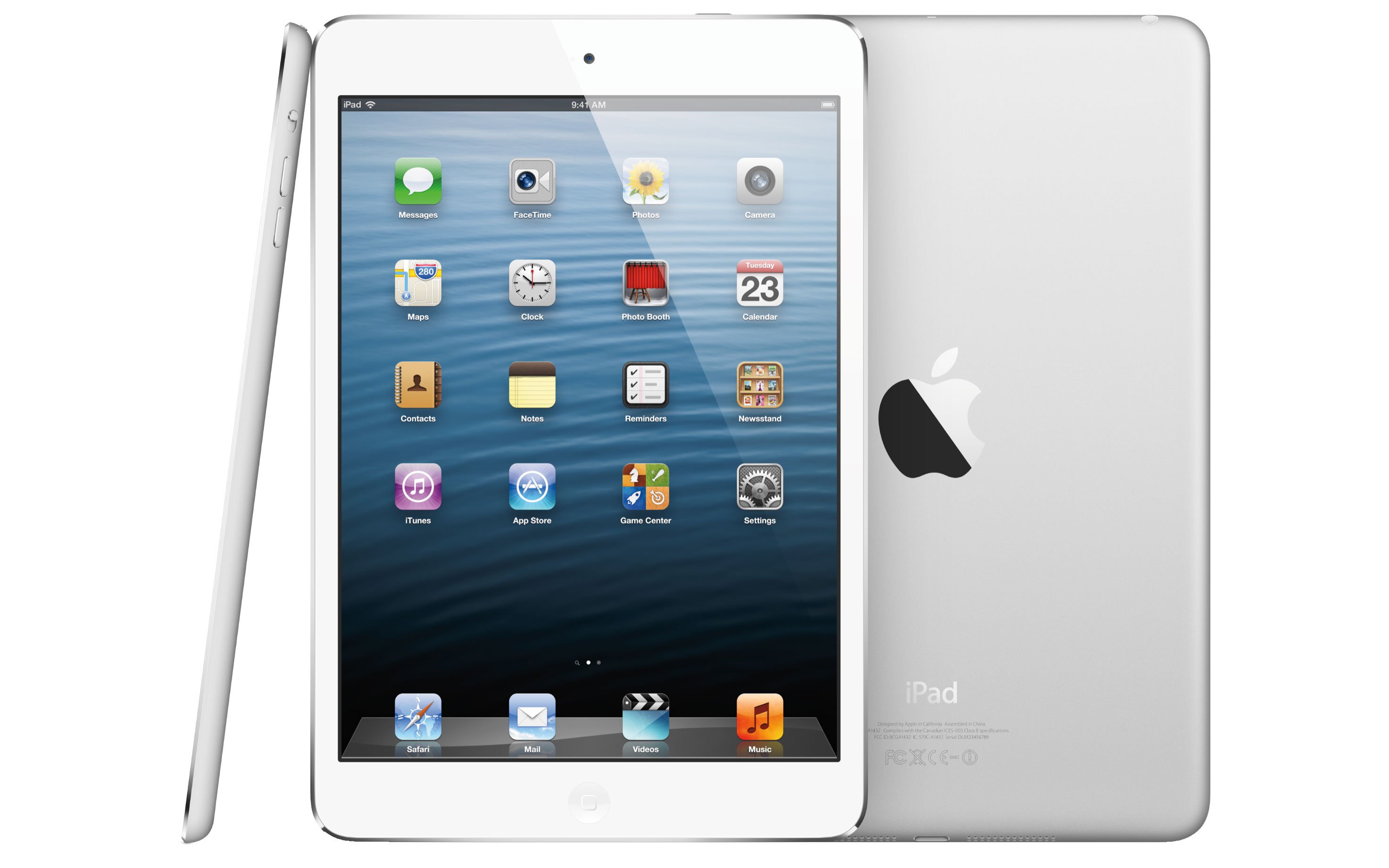*Andy
Present Level of Academic Achievement and Functional Performance: Andy uses a variety of sounds, gestures, signs, and picture/symbols to communicate with his family. He is very social and enjoys parallel play. Andy does not communicate vocally in the classroom, but does use some gestures. At school Andy will sign, but only with prompts.
Annual Goal: Andy will increase expressive language production by using a
variety of communication methods in the classroom, including sign language,
gestures, communication boards, pictures, and simple voice output devices
during four out of five opportunities.
 |
| (Sign Language Alphabet: one of the forms of communication Andy will use to meet his goal) |
Andy will use various forms of communication to meet his goal including sign language, as pictured above. These forms will enable Andy to expressive himself and communicate effectively at home and at school. In having a variety of options to express himself as well as numerous opportunities, Andy can meet his goal of increasing his expressive communication 4 out of 5 opportunities.
Resources:













